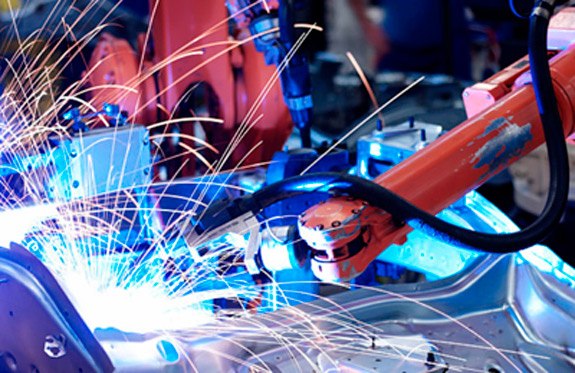The role of the engine inlet manifold is to distribute the combustible mixture supplied by the carburetor to each cylinder, ensuring that each cylinder's intake is distributed reasonably, evenly, and works normally.
The intake manifold refers to the pipe section where air enters each cylinder from the intake pipe, and each cylinder has an intake manifold. The design of the intake manifold ensures that the intake distribution to each cylinder is reasonable and uniform.
The car intake manifold is located between the throttle valve and the engine intake valve. The reason why it is called a "manifold" is that after the air enters the throttle valve, it passes through the manifold buffer system, and the air passage "diverges" here, corresponding to the number of engine cylinders. For example, a four-cylinder engine has four passages, and a five-cylinder engine has five passages, which guide the air into each cylinder.
For a naturally aspirated engine, since the intake manifold is located after the throttle valve, when the engine throttle opening is small, the cylinder cannot suck in sufficient air, which will cause high vacuum in the manifold. When the engine throttle opening is large, the vacuum in the intake manifold will be reduced. Therefore, injection fuel supply engines will install a pressure gauge on the intake manifold to provide the ECU with information to determine engine load and provide appropriate injection.
High temperature resistance: The plastic intake manifold made by our engine parts factory is directly connected to the engine cylinder head, and the temperature of the engine cylinder head can reach 130-150℃. Therefore, the plastic intake manifold material is required to withstand high temperatures up to 180℃.
High strength: The plastic manifold is installed on the engine, and needs to withstand the vibration load of the car engine, the inertia force load of the throttle valve and the sensor, and the pulsating load of the intake pressure. It also needs to ensure that the manifold will not be ruptured by high-pressure pulsating pressure during non-normal tempering of the engine.
Dimensional stability: The tolerance of the engine intake manifold connected to the engine must be strict, and the installation of the manifold sensors and actuators must be accurate.
Chemical stability: The plastic intake manifold works directly in contact with gasoline and antifreeze. Gasoline is a strong solvent, and the ethylene glycol in antifreeze also affects the performance of plastic. Therefore, the chemical stability of the plastic intake manifold material needs to be very high and must undergo strict testing.
Thermal aging stability: The engine works under very harsh ambient temperatures, with operating temperatures ranging from 30 to 130℃. The plastic material must ensure the long-term reliability of the manifold.
